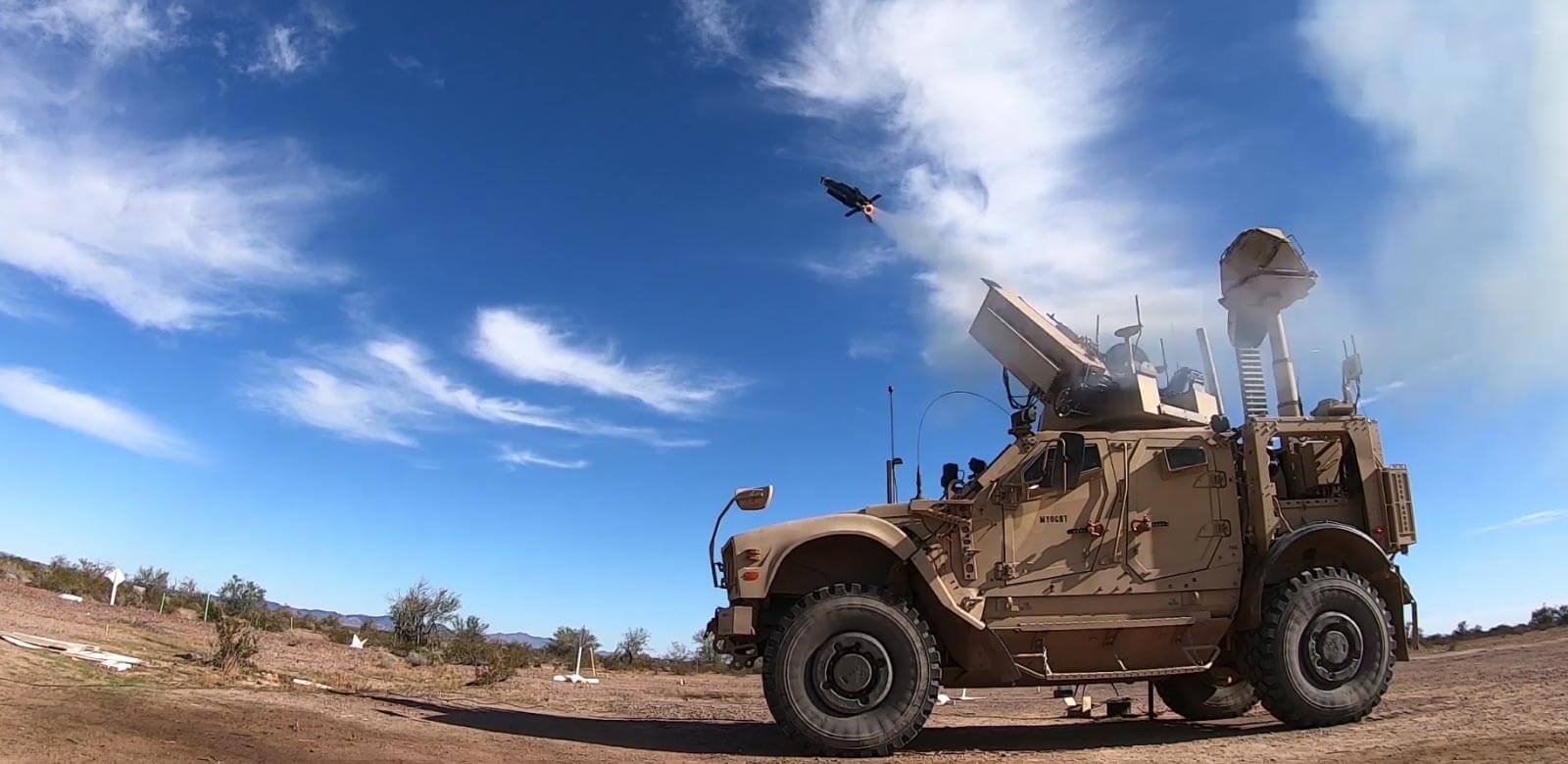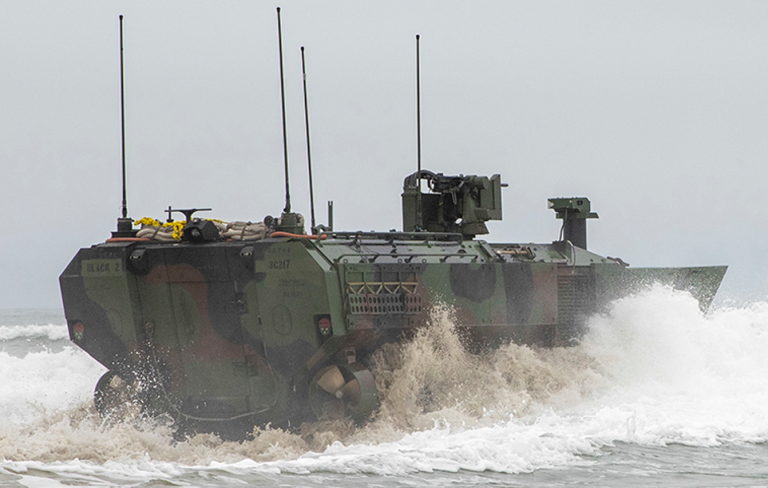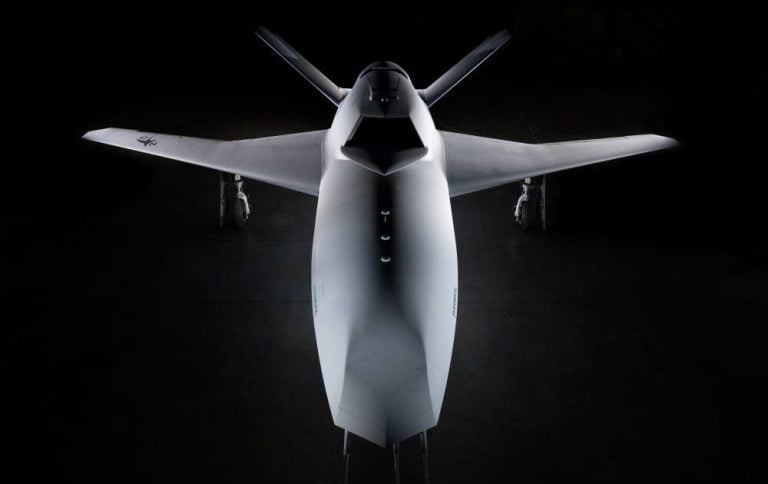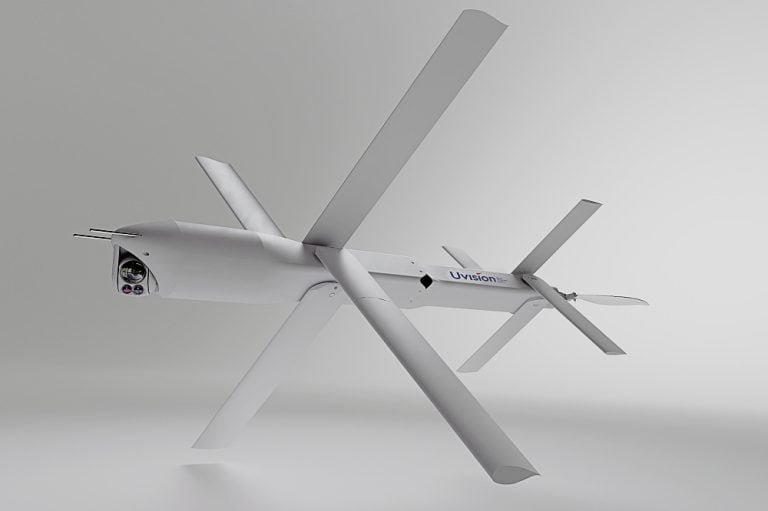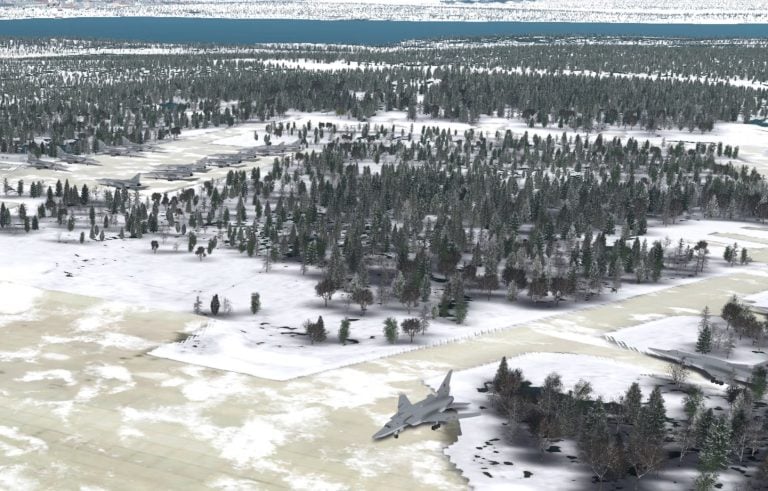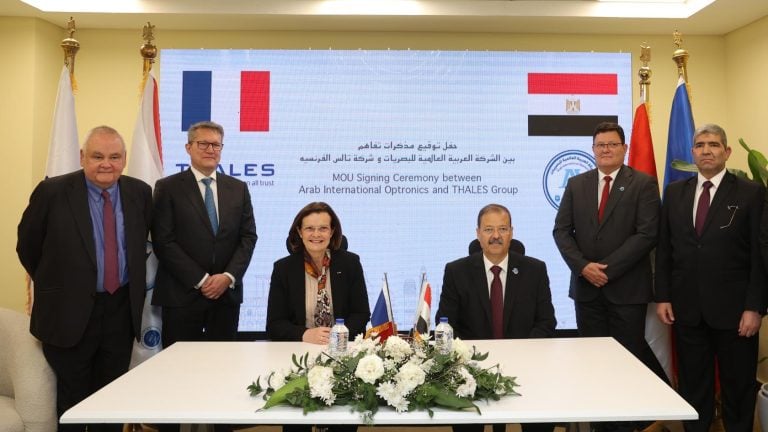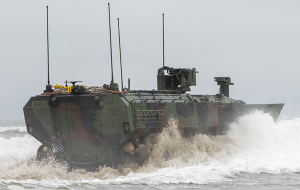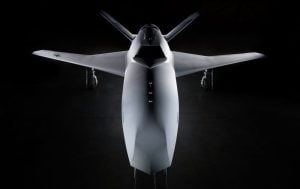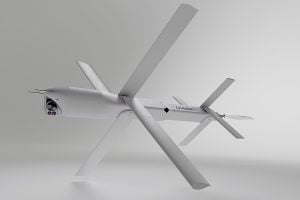The US Army has entered into a significant $5-billion contract with Raytheon for the deployment of the Coyote missile system, a cutting-edge weapon designed primarily for counter-drone operations. This multi-mission system enhances the military’s capabilities to address the growing threat of unmanned aerial vehicles (UAVs).
The comprehensive contract encompasses a range of advanced technologies, including fixed and mobile missile launchers, as well as both kinetic and non-kinetic interceptors. Additionally, it features Ku-band radio frequency system radars that will bolster detection and targeting efforts. This extensive deal is expected to be completed by September 28, 2033, although specific work locations and funding will be allocated based on individual orders as outlined in the Pentagon’s announcement.
Raytheon’s Coyote missile system stands out for its versatility, with the capability to be launched from both ground and air platforms, and it also has potential applications for naval forces. The system includes a small and expendable rail-launched interceptor variant explicitly designed to counter UAV threats using its array of kinetic and non-kinetic payloads.
In addition to its primary counter-drone capability, the Coyote’s launched effects (LE) version broadens the operational scope to encompass roles in reconnaissance, electronic warfare, and precision strikes. This provides military planners with a flexible tool that can adapt to various mission requirements. Notably, the LE short-range (SR) variant is designed to be reusable or recoverable, further enhancing its operational efficiency.
The Coyotes are already integrated into the US Army’s active arsenal. Earlier in January 2024, the Army ordered 600 2C drone interceptors in response to escalating threats faced by American forces in the Middle East. Furthermore, in another strategic move, Raytheon established a partnership with the United Arab Emirates in April 2025 to facilitate the local production of the Coyote counter-drone system, reflecting a growing international interest in enhancing aerial defense capabilities.
